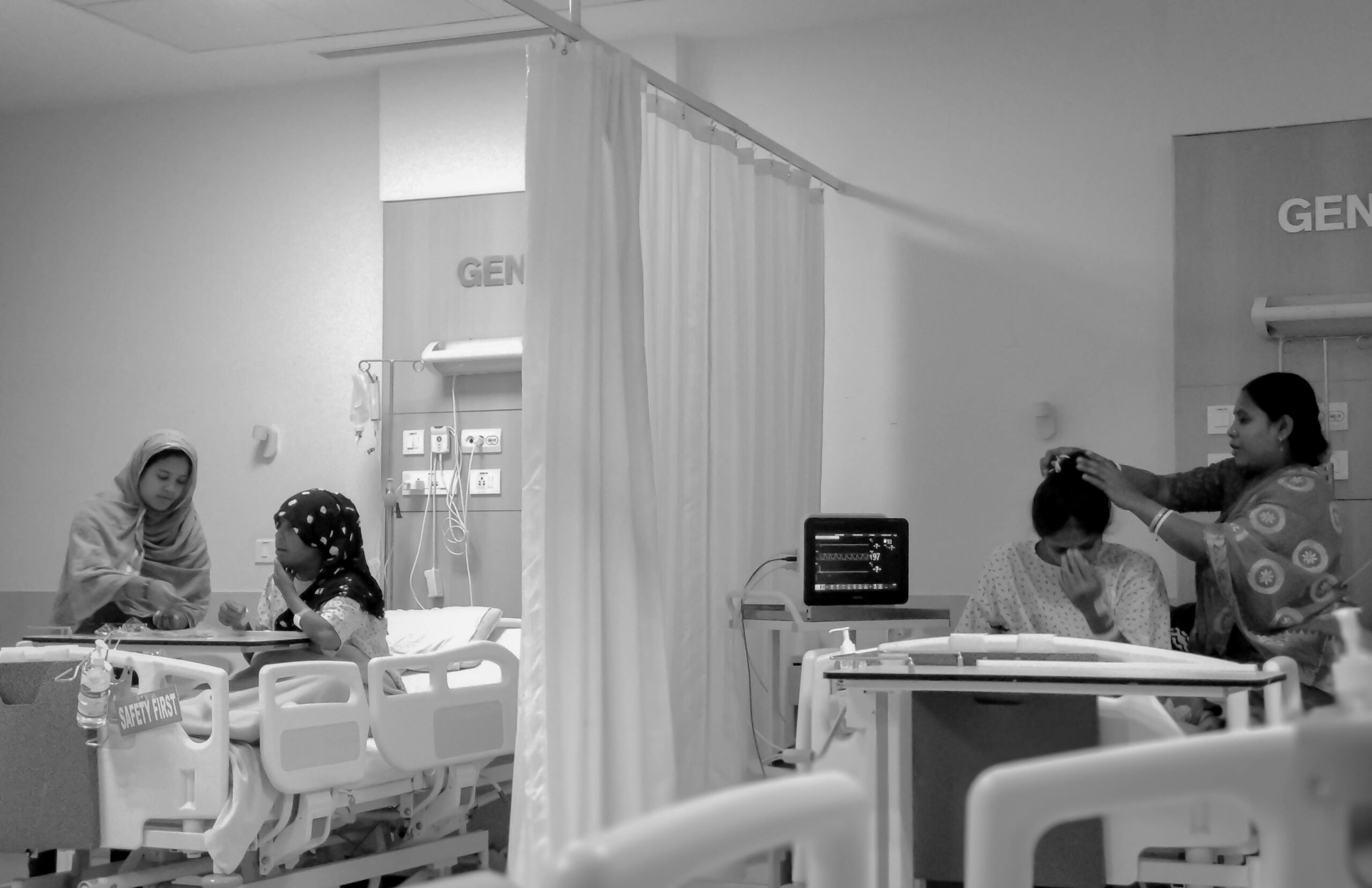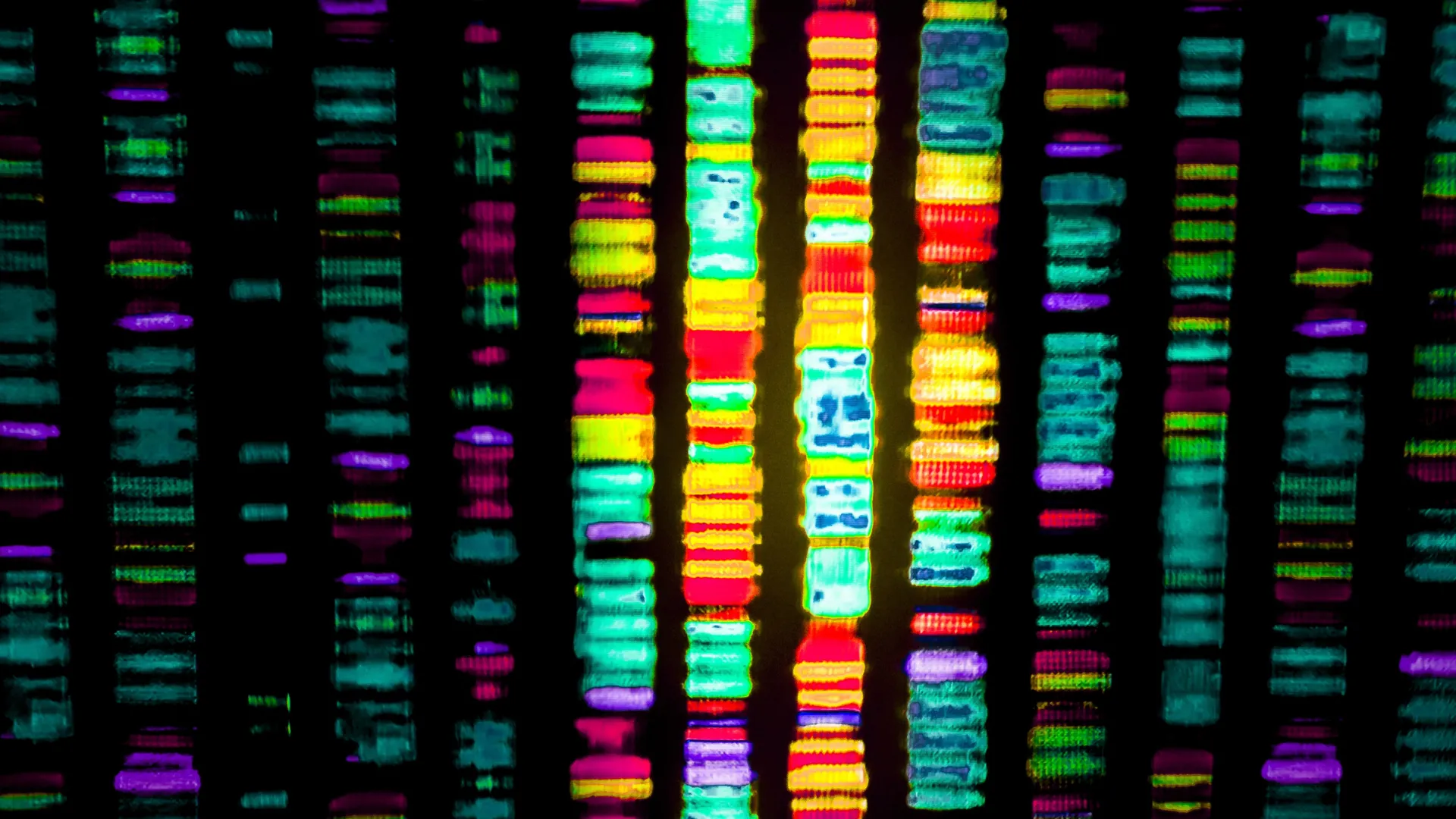MUMBAI, India – Cervical cancer kills more than 75,000 women in India each year, according to figures recently disclosed in Parliament –…

MUMBAI, India – Cervical cancer kills more than 75,000 women in India each year, according to figures recently disclosed in Parliament –…

By The ASCO Post Staff
Posted: 12/19/2025 11:00:00 AM
Last Updated:
Researchers have uncovered that sex-specific dysregulation of exosomal non-coding RNAs may drive different patterns of disease…

The Trump administration has indicated that it will fund a $1.6m study on hepatitis B vaccination of newborns in the west African country of Guinea-Bissau, where nearly one in five adults live with the virus – a move that researchers call…

When people picture DNA, they often imagine a set of genes that shape our physical traits, influence behavior, and help keep our cells and organs functioning.
But genes make up only a small slice of our genetic code. Just around 2% of DNA…

When the holistic practitioner Emma Cardinal, 32, became pregnant in May 2023, she planned to have a home birth with midwives. Cardinal lives in a town in British Columbia with strong counter-cultural roots. “The community that I live in, home…

According to the most recent estimates of the International Diabetes Federation,1 diabetes mellitus affects more than half a billion people worldwide, with an additional >600 million people affected by intermediate forms of hyperglycemia (eg…

Current Evidence and Clinical Approaches
Peripheral artery disease (PAD) represents a significant global health burden, affecting >200 million individuals worldwide.1 Characterized by atherosclerosis and thrombosis in lower limb arteries, PAD…

1Department of Internal Medicine, Division of Endocrinology, Diabetes and Metabolism, Wake Forest School of Medicine, Winston-Salem, NC, 27157, USA; 2Research Service, W. G. (Bill) Hefner VA Medical Center, Salisbury, NC, 28144, USA
Correspondence:…